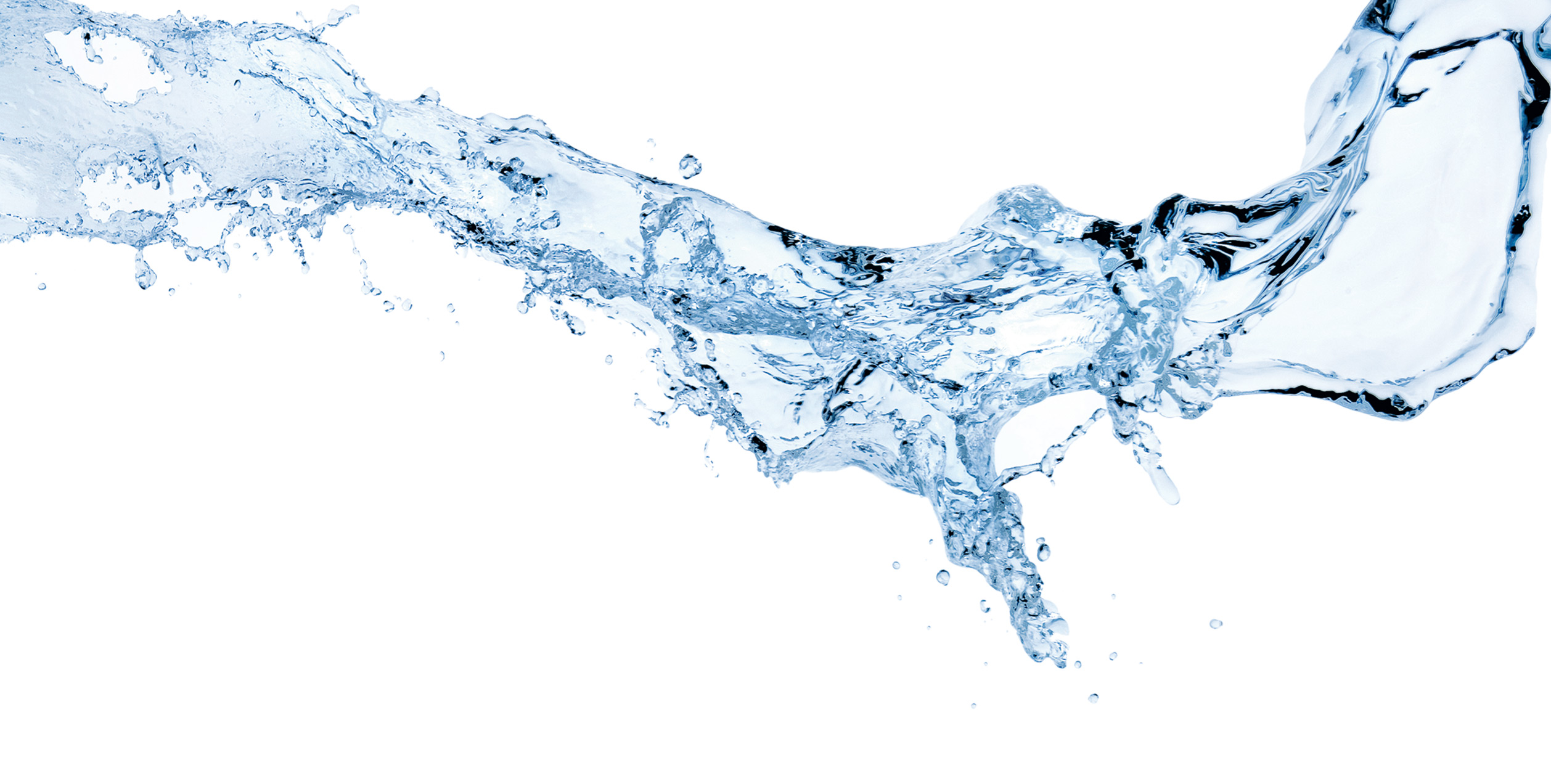Rapid and highly informative analysis
TOC Process Analysis Day in Duisburg – 25 experts exchange information on the latest applications

The “TOC Process Analysis Day” at Shimadzu in Duisburg, Germany in March this year showed how process analysis is becoming increasingly important. More and more process analyzers are being applied where, until recently, time-consuming laboratory analysis had been used. The total organic carbon (TOC) is an important parameter in a wide range of water monitoring applications and can be determined easily online.
25 users, planners and engineers from various process analysis sectors attended the Shimadzu event. Several speakers from academia as well as from the chemical, pharmaceutical and paper industries presented application-related lectures to the participants.
TOC assures product quality while protecting plant and equipment
The topic ‘ultrapure water monitoring’ presented by Ulrich Richter, infraLeuna GmbH, focused not only on water as a solvent but also as an energy source. At a large chemistry park in Germany, the on-site service provider supplies water for a wide range of applications. To meet demand, up to 350 m3/h of steam are generated – in various pressure ranges. The greater part flows into various chemical processes as an energy source.
High purity water is essential to prevent damage to processes and products. Organic impurities in water can have negative effects on quality during the production and processing of high-purity chemicals. TOC represents as an indicator the level of organic impurities. In ultrapure water, the limit value allows a maximum TOC concentration of 0.1 mg/L.
The ultrapure water used is also led back into the system and evaluated using the TOC. Especially in the chemical industry, large amounts of hydrocarbons can get into the condensate due to leaks, for instance in heat exchangers. In order to protect the equipment from high levels of pollution, the return condensate is monitored for TOC and disposed of whenever limit values are exceeded.
Challenge for wastewater treatment plants
Another lecture (‘TOC as key parameter for monitoring trace substance elimination? A field test’ by Peter Maurer, University of Stuttgart, Germany, Civil and Environmental Engineering Sciences) clearly demonstrated the major challenges that municipal wastewater treatment plants are facing. Industrial wastewater treatment plants purify wastewaters to a certain agreed discharge value. At first, the ‘easily’ degradable substances are converted during the biological purification stage. However, many substance classes are present that are very difficult or impossible to degrade via the biological processes in a wastewater treatment plant. These substances ultimately enter the municipal treatment plants, which are having increasing difficulty in removing these substances from the water.
Since microbiological degradation is incomplete or is not taking place at all, filters with different absorption media such as activated carbon or sand are often used to purify the water. Different filtration and absorption methods are being developed and optimized.
Also in this application area, TOC represents a valuable and meaningful parameter. Even though the individual compounds are usually present in the low µg/L range in wastewater, the sum of all compounds is detectable via the TOC sum parameter and is therefore relevant. Determination of the individual parameters requires too much time for an effective process optimization.
In this context, it also became clear that although COD (chemical oxygen demand) was a commonly used parameter for such sum determination, the detection sensitivity is too poor. The detection limit for the COD method (in accordance with DIN 38409) is 15 mg/L, which is not sufficient for such studies.
Paper industry: rapid information via TOC
The TOC sum parameter is also used in the paper industry. Hans-Thomas Armbruster of the August Koehler AG paper factory explained that 35 different types of paper were manufactured by one machine with up to 20 paper type changes every month.
For each type of paper, specific starting materials and chemicals are used. As a result, the wastewater composition changes. The short analysis time offered by TOC measurement is, compared to COD, a much-appreciated advantage since the wastewater composition entering the treatment plant changes as soon as the paper type is changed. Using TOC measurement, treatment plant employees can obtain information very rapidly on the incoming wastewater.
Information on TOC content is also forwarded to the papermaker since the composition of the wastewater also provides information on dosage of the starting materials and chemicals used. In this way TOC, in addition to other parameters such as pH value and conductivity, can help to refine the addition of starting compounds.
TOC systems are site-specific configurations
TOC application areas in the chemical industry are just as versatile as the requirements on the analytical system. For instance, the water at a measurement site for cosmetics raw materials contains high levels of fats and fat-like substances. For this application, the focus was on sampling, because the fats accumulated over time onto the sampling system and started to clog it. To prevent this, a hot water rinse was constructed for the system.
Sampling and integration in a process requires a tailor-made solution for each measurement site. The system must be adapted to the process – and not vice versa.
The role of process analysis technology (PAT) was discussed by two practitioners – Dr. Martin Gerlach of Bayer Technology Services and Thomas Pützer of BASF. The importance of online measurements for process control, optimization and product quality control is increasing steadily. Also with regard to environmental protection, the importance of process analysis technology continues to increase. For this purpose, many different analytical methods and parameters are used. As one of many parameters, the TOC sum parameter is, however, very important.